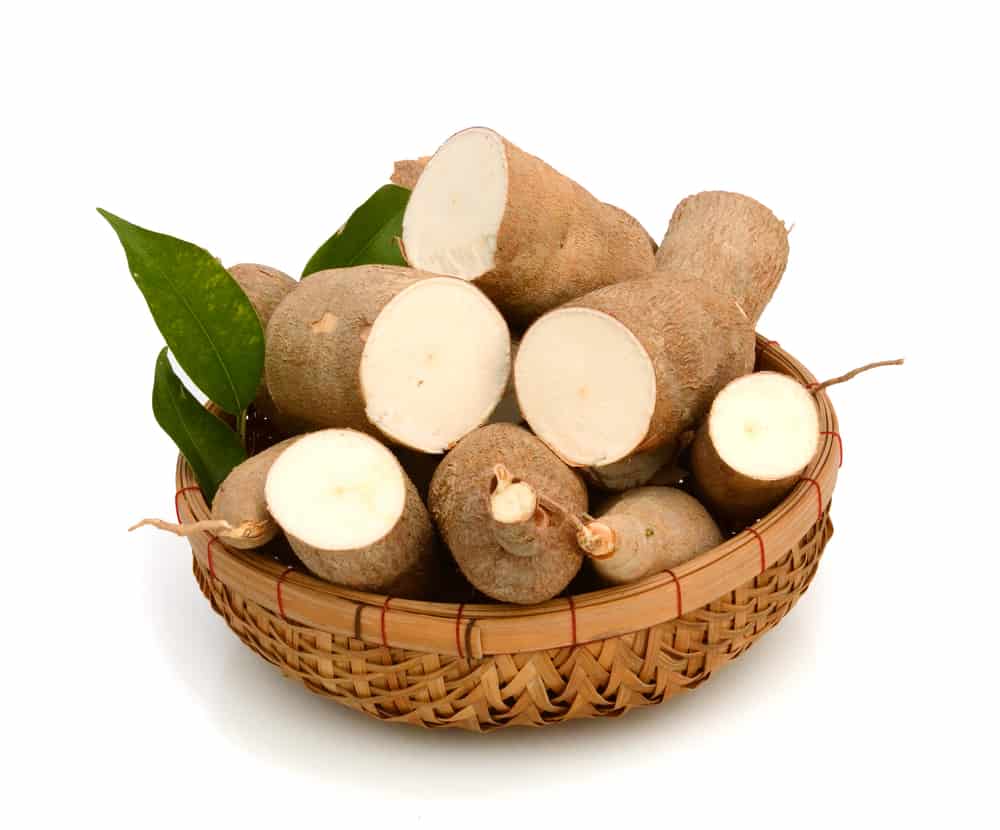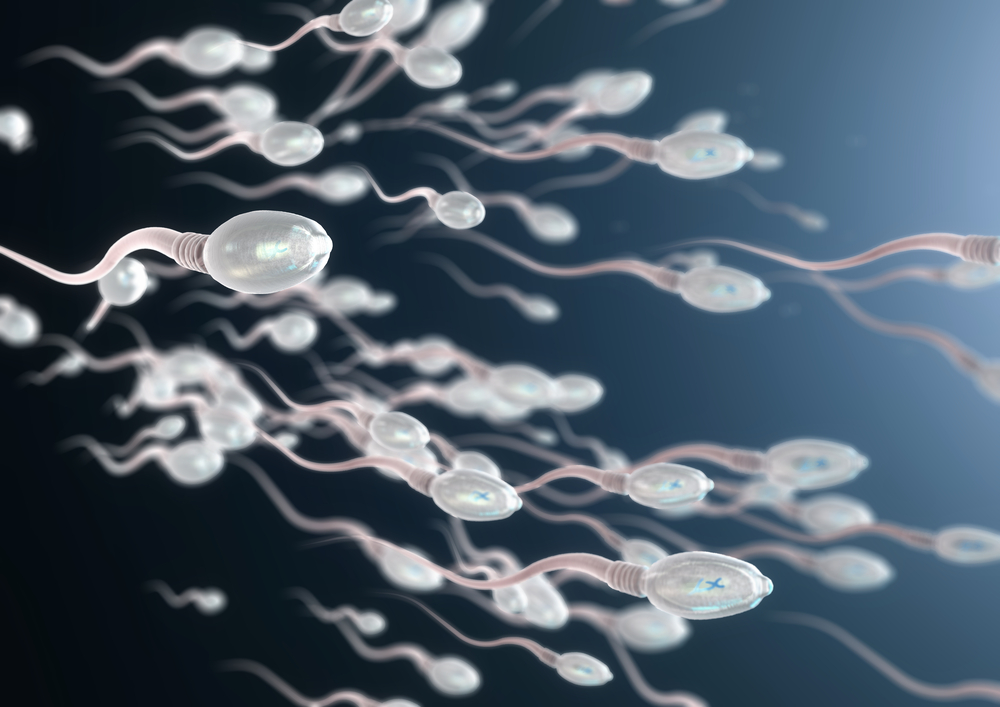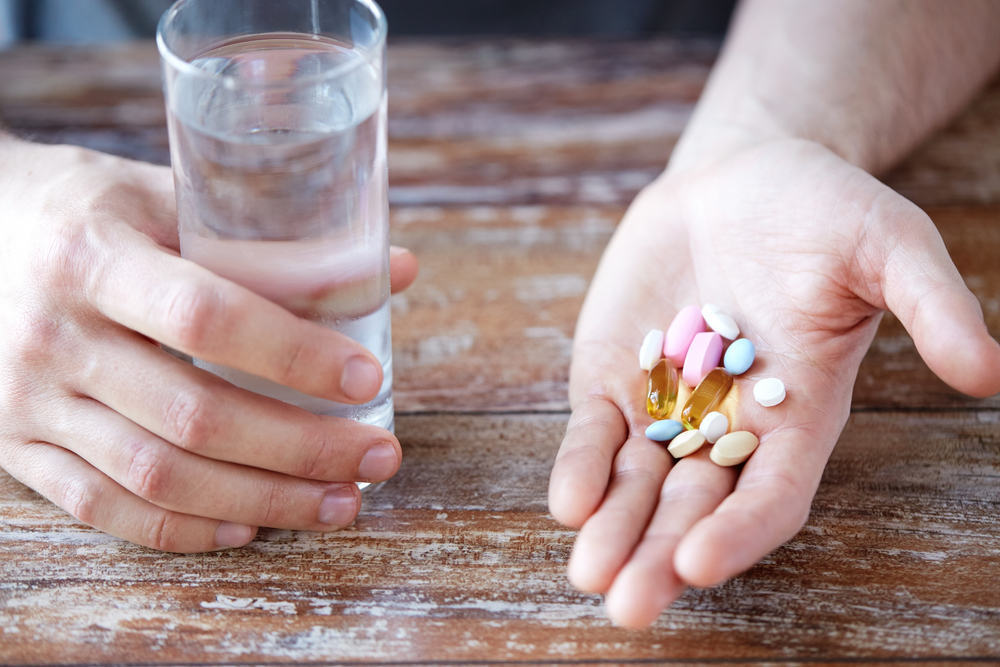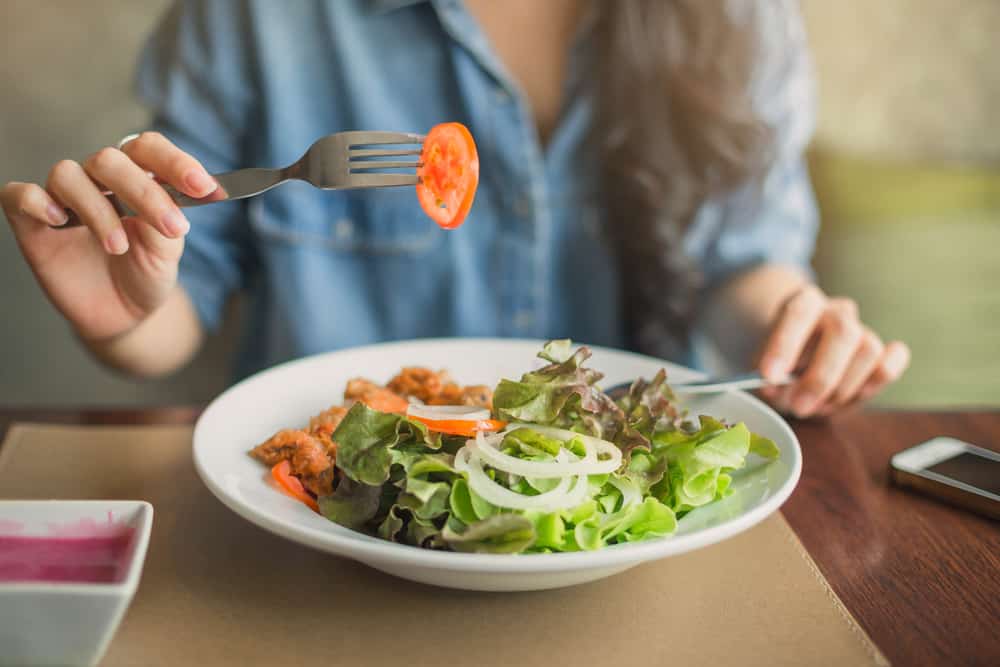Contents:
- Medical Video: Dr. Sebi speaks on Cassava being high in cyanide
- Eating too much cassava can cause cyanide poisoning
- Some people are more at risk of cyanide poisoning in cassava
- Not that eating cassava is dangerous
Medical Video: Dr. Sebi speaks on Cassava being high in cyanide
Indonesian people are certainly familiar with cassava. In fact, in some regions in Indonesia, cassava is used as a staple food. However, do you know if eating too much cassava will increase the risk of cyanide poisoning? How did it happen? Find out the answers in this article.
Eating too much cassava can cause cyanide poisoning
Cassava can be dangerous if consumed raw and in too much amount. Because the raw cassava produces cyanide in the form of cyanogenic glycosides called linimarin. The content of cyanogenic glycosides in cassava is indeed in very small quantities and is relatively non-toxic, but the digestive process that occurs in the human body can break it down to hydrogen cyanide, one of the most toxic forms of cyanide poison.
The toxin will inhibit the work of cytokom oxidase, which is an enzyme in mitochondria which functions to bind oxygen to meet the respiratory needs of body cells. Now, if the enzyme does not work because it is blocked by cyanide poisons, your body's cells will die.
Cyanide poisoning affects the cardiovascular system and blood vessels, including increased vascular resistance and blood pressure in the brain, respiratory system, and central nervous system. Not only that, the endocrine system is also usually disturbed in chronic cyanide poisoning.
So, if cassava is eaten in large quantities coupled with improper processing, it will increase the risk of cyanide poisoning which can interfere with thyroid and nerve function. This not only causes paralysis and organ damage, but can also be fatal as death.
Some people are more at risk of cyanide poisoning in cassava
People who have poor nutritional status and low protein intake tend to be more prone to cyanide poisoning due to eating cassava too often and in large quantities. This is why cyanide poisoning from eating too much cassava is a greater concern for those who live in developing countries. This is because many people in developing countries suffer from a lack of protein and depend on cassava as their main source of calories.
Moreover, in some regions of the world, cassava has been shown to absorb harmful chemicals from the soil, such as arsenic and cadmium. Especially if cassava is planted in industrial areas. As a result, this can increase the risk of cancer in those who depend on cassava as their staple food.
Not that eating cassava is dangerous
Although there are several risks of eating cassava, especially raw ones and those grown in industrial areas, it does not mean that cassava is not safe. Cassava is a nutrient-dense source of carbohydrates and is still recommended for consumption.
As explained above, cassava is generally safe for consumption, provided that it is processed in the right way and consumed in moderate amounts. Here are some ways to process cassava to make it more safe to consume:
- Peel the skin. First peel the cassava skin as a whole, because most cyanide-producing compounds are contained in cassava skin.
- Soak Soak cassava in water for 48-60 hours (2 to 3 days) before cooking and eating. This is done to reduce the amount of hazardous chemicals they contain.
- Cook until well done. Because hazardous chemicals are found in raw cassava, it is very important to cook them until they are thoroughly cooked. There are various cooking methods that you can try, starting from boiling, baking, or burning.
- Add protein. Serving cassava preparations with several types of foods high in protein can be very beneficial, because protein helps cleanse the body of cyanide poisons. For example, you can serve processed cassava with a glass of milk or grated cheese. Besides protein, you can also add other food intake that is no less nutritious according to your preferences. But remember, pay attention to the food portions, yes.












